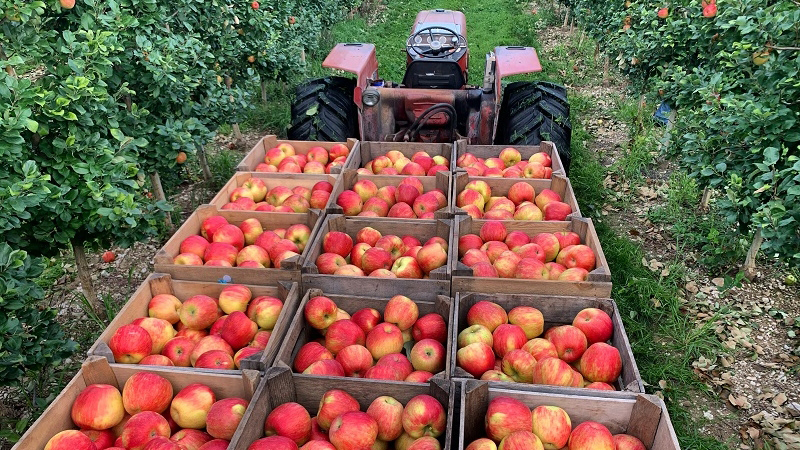Ag Tech Helping Crop Yields Grow in the Face of Climate Change
While the world implements strategies to combat climate change, agriculture has to get clever. Unpredictable weather and soil degradation cannot jeopardize crop yields, leaving countless households without an income and numerous others without food. Agricultural technologies allow farmers to maintain resilience against these factors in a wild race to adapt to an ever-changing planet.
The Advent of Ag tech
Numerous quintessential crops cannot thrive or yield expected amounts in unsuitable environments. Therefore, humans had to invent ways to artificially strengthen seeds and land to help crop yields.
Whether hacking photosynthesis in corn or using a modern farming tool, using science to help crops grow falls under the umbrella of ag tech, or agricultural technology. Ag tech encompasses everything from sensors for data collection to new farming methods like aquaponics.
Farmers know they need to begin investing in ag tech. Otherwise, yields won’t meet demand. Growth has risen by around 170% in the U.S. since the late 1940s because of ag tech buy-in, and it must continue worldwide. Though previous forms of ag tech focused on increasing yield, now it will attempt to maintain output during climate inconsistencies.
These are some of the most prominent technologies making strides in agriculture and saving farms by protecting yields and profit margins.
Internet of Things (IoT)
IoT-connected devices can help crop yields by providing data that farmers would otherwise not know. IoT includes apps, devices, sensors, and databases full of live information. Melding these resources with technology like machine learning only brings about more value with data-driven decisions and insights.
Crops need specific conditions to grow. If climate change modifies those conditions, even slightly over a gradual period, they may not grow.
IoT devices reveal even the most minute changes in soil pH, humidity or growth compared to water dispersal. Farmers must advocate for more excellent connectivity, which could add more than $500 billion in value to U.S. GDP alone and more to the global GDP.
Predictive Analysis
Climate projections are an expansion of what IoT can offer. Over time, agricultural data can be specific enough to depict regional phenomena like rain patterns to predict droughts or excess. Information like this leads to more informed farmers because they can change what they grow for the year if the climate is more or less wet.
Regenerative Agriculture and No-Till Farming
Regenerative agriculture focuses on tenants that preserve and renourish the planet. One of the most crucial aspects of this is living roots — discouraging tilling that would otherwise disrupt necessary microbes from flourishing in the soil. The more microbes there are, the healthier and fuller plants grow.
It also allows farmers to use fewer machines that run on fossil fuels to alter their land. Less coal and oil use means fewer opportunities for pollution and cross-contamination that would continue to damage crop yields far past one season — the remnants of pollution linger in the ground for years to come, primarily as it spreads through irrigation practices.
Altered Seeds
Farmers can use tech to analyze environments to add more or less supplements for maintenance. Or, food experts can create seeds that are drought- and heat-tolerant. Global warming means most regions are seeing higher-than-average temperatures.
Adjusting seeds to have traits that thrive instead of wither in those conditions can salvage crop yields. In 2018, climate-proof beans and rice were introduced to Cuba, increasing food security in the nation.
Keeping Crop Yields High
Technology in agriculture won’t go away. Though some may argue it’s possible to revert to traditional farming after the impacts of climate change dissipate, ag tech is inarguably better for production and planet health, even in ideal climates. It will automate tasks, empower farmers and inform the sector on better feeding the planet in the most climate-friendly and resilient way.










